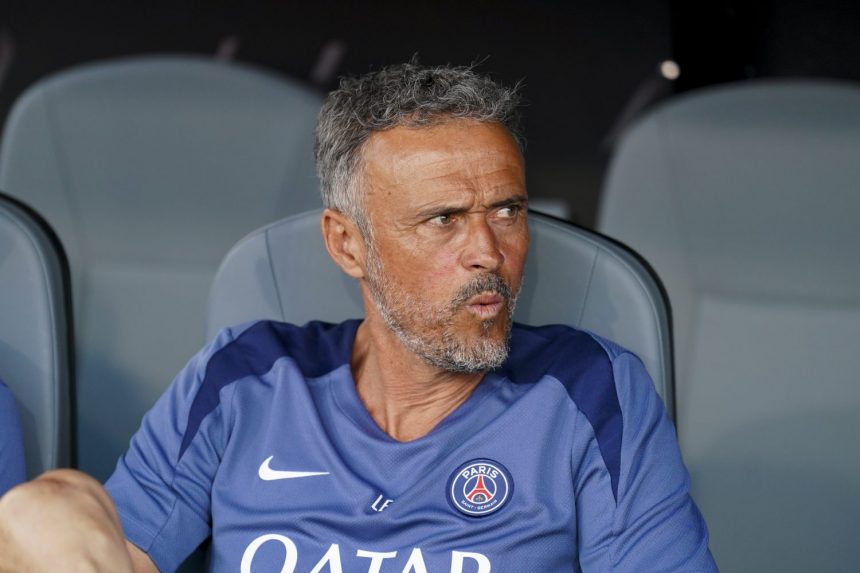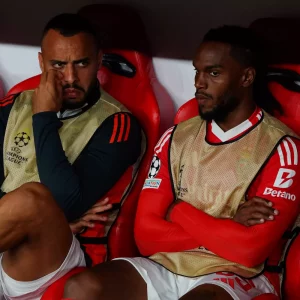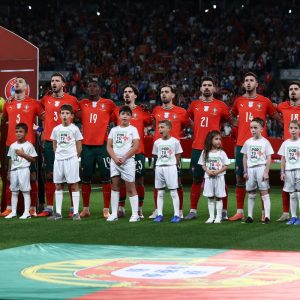The 2025-2026 season promises to be a real crossroads in the recent history of Paris Saint-Germain. After an exceptional 2024-2025 season marked by a historic treble – Ligue 1, Coupe de France and above all the club’s first Champions League – PSG enters a new dimension. But this much hoped-for and celebrated success has a downside: it presents the club with unprecedented challenges, in a context where the calendar has never been busier. Between the Club World Cup, a truncated summer preparation schedule, the multiplication of competitions and the threat of injuries, the coming season promises to be one of the most perilous and decisive for the future of the Parisian project.
A hellish calendar: a succession of competitions
Club World Cup: a summer without respite
The summer of 2025 is like no other for PSG. Having qualified for the new Club World Cup, to be held in the USA from June 15 to July 13, the club from the capital must extend its season well beyond the Champions League final.
This competition, which brings together the best teams in the world, is an unprecedented showcase, but also a trap: it deprives the players of a rest, even though the previous season was already trying. Luis Enrique, aware of what is at stake, summed it up as follows: “We want to make history, but we’ll have to deal with the human element first” (L’Équipe, June 2025).
Ligue 1: a national marathon
The French championship, which kicks off on August 16 for European clubs, remains the backbone of the season. But with the calendar so tight, every point lost will carry a heavy price. PSG, the reigning champions, will be eagerly awaited everywhere, and the slightest dip in form could reignite the competition. Ligue 1, often regarded as a testing ground for rotation, will be a real test of squad management this season.
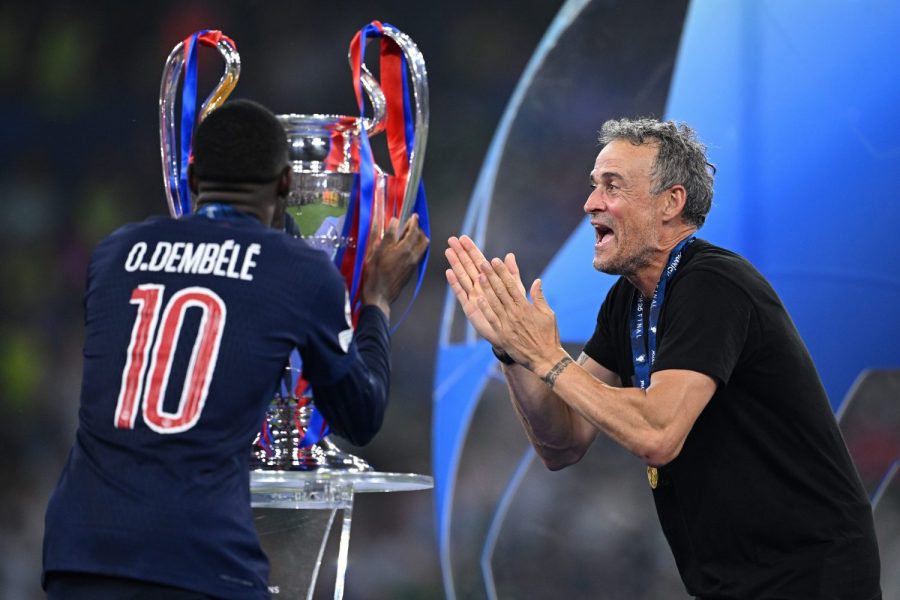
Champions League: defending the throne
Having finally won the trophy with the big ears, Paris will have to defend its title in a competition that promises to be tougher than ever. The new format, with an enlarged league phase, calls for eight top-level matches from the autumn onwards.
The intensity will be at a maximum, the margin for error reduced, and any injury or slackness could have immediate consequences on the European route. We’ve already seen this season that you have to get into the rhythm very quickly, otherwise you risk falling by the wayside.
French Cup and European Supercup: trophies not to be overlooked
The French Cup, won in 2025, remains a historic and popular objective. PSG will also have to contend with the Champions Trophy (against Olympique de Marseille), a very important and intense match for both clubs, and the European Supercup, against Tottenham, on August 13 in Udine. All of these fixtures add a further burden to the calendar and complicate the management of playing time.
PSG will have the opportunity to win a trophy they don’t have, but this match comes very (too?) early. Tottenham will be preparing for this event, while the Parisians, with the vacations, will have few days to launch a summer preparation that seems complicated to implement.
International breaks: a constant headache
The season will be punctuated by several international windows (September, October, November, March), during which almost the entire squad will be mobilized. Not only Les Bleus, but also the South American and African teams, will be relying on the Parisians’ key players.
The South Americans often play on Wednesdays before the return of Ligue 1 at the weekend, and are often unavailable after long journeys. Didier Deschamps, questioned on the subject, recently declared: “The players are overstretched, but the national teams cannot deprive themselves of their best elements” (RMC Sport, June 2025). The fatigue accumulated during these sometimes long and arduous journeys is an additional risk factor.
African Cup of Nations (CAN): major absences to be expected
The CAN 2026, to be held in January-February, will deprive PSG of several key players, including Morocco’s Achraf Hakimi. These absences at the height of the season, when matches are being played one after the other, could prove highly detrimental, especially if the squad is already affected by injuries or general fatigue. Hakimi will then be the player in the world who has played the most games in a row.
From the Olympic Games in 2024, through a truncated preparation in 2024, then a season of all titles, the Club World Cup (currently), the end of 2025 with PSG and the African Cup of Nations in 2026, he will never have let go of his goal.
Increased risks for the Parisian squad
Fatigue and recovery: a threatened balance
Managing fatigue will be one of the major challenges of the season. With only three weeks’ rest (perhaps less for some), bodies are likely to start sounding the alarm in the autumn. Last season, PSG was able to count on a deep bench and intelligent rotation, but the situation is changing: the accumulation of matches, the pressure of results and the absence of real breaks are threatening the physical and mental equilibrium of the group. .
The club’s medical experts fear an explosion in muscular injuries, as Dr Rolland reminded us: “The real danger is the succession of matches without recovery. The body always ends up demanding its due” (Le Parisien, May 2025).
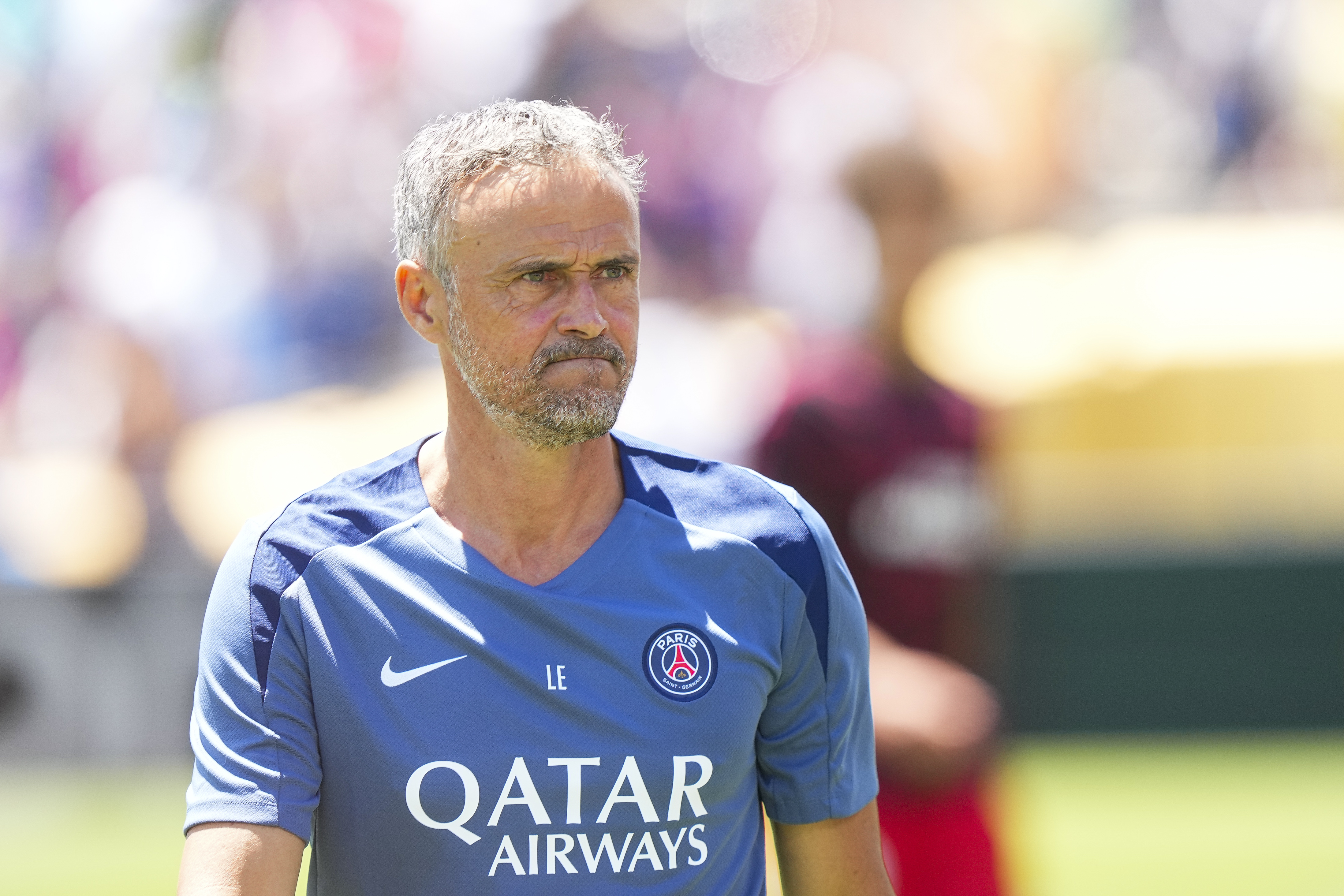
Injuries: a multiplied danger
The end of the 2024-2025 season has already been marked by some notable absences (Dembélé, Barcola with Equipe de France), but injury management promises to be even more complex. Increased exposure, lack of preparation and repetitive strain mechanically increase the risk of serious injury.
A key player absent for several weeks could compromise the club’s ambitions, as demonstrated by the difficulty of replacing Marquinhos when he was unavailable last February. Carlo Ancelotti, when asked about the calendar issue, recently confided: “It’s inhuman to ask so much of the players. Managing the squad will be more important than ever” (Sky Italia, June 2025).
Manpower management and bench depth
Faced with this challenge, squad management will be crucial. Luis Enrique will have to rely on the depth of his bench, gradually integrating youngsters and hoping for an intelligent summer mercato, capable of reinforcing certain key positions (left-back, holding midfielder) without having too many players, as it is difficult for Luis Enrique to have players at his disposal and have to leave them on the sidelines (if there are no injuries). Rotation will no longer be a luxury, but an absolute necessity.
The staff’s ability to keep everyone involved, manage frustrations and anticipate hard knocks will be decisive in preventing the group’s physical and mental collapse. It’s a challenge worthy of Luis Enrique, who is capable of managing a squad as well as he has shown us, but another season without significant injury (as in 2024/2025) seems almost impossible.
The sporting and institutional stakes
Confirmation after the European crown
PSG enters the new season with an unprecedented status: that of reigning European champions. This new dimension brings with it immense expectations, both internally and externally. Fans are dreaming of lasting domination, sponsors are expecting global benefits, and management wants to establish the club as one of the benchmarks of world soccer. But this pressure can quickly become a burden, especially if the first results are disappointing or if injuries pile up.
The club’s image, which has been patiently built up, could be tarnished in the event of an off-season or a fiasco in major competitions. It’s worth remembering that this season, nobody believed in PSG, and that this has enabled them to move forward quietly, almost in the shadows. The situation is about to change, with PSG becoming a target for teams dreaming of bringing down a club that has been so admired this year.
The ambition to win it all… at the risk of losing it all?
The temptation will be great to want to play everything to the hilt: Ligue 1, Champions League, Cups, Club World Cup. But the risk of dispersion is real. PSG will have to make choices, prioritize certain competitions and communicate its ambitions clearly. Pep Guardiola, often faced with this kind of dilemma, summed up the situation thus: “You sometimes have to accept that you won’t win everything if you want to last at the highest level” (The Guardian, April 2025).
The management of egos, the frustration of rested players, the pressure of the media: these are just some of the challenges to be faced if the club is to avoid losing everything while trying to win everything. The club will also have to anticipate the sometimes unfair criticism that will inevitably accompany the slightest hiccup.
Short-term consequences
In the first few weeks, we could see PSG in management mode, with massive rotations and strong choices for certain matches. The risk is of losing points in Ligue 1 or lacking pace in the Champions League. A major injury in the autumn – to a player like Vitinha or Hakimi – would have an immediate impact on the collective dynamic.
In the short term, group cohesion and the staff’s ability to maintain confidence will be decisive in preventing fatigue from turning into a negative spiral. Finally, poor management of this calendar could also weigh on the winter mercato, forcing the club to recruit in a hurry or revise its ambitions downwards.
There’s no point in speculating on what might happen, but preventing potential problems is also one of the missions of the coach, the sporting director and the club in general. Paris is on top of Europe, and staying there will be perilous.
Here’s an overview of the season ahead for Paris Saint-Germain, all competitions included, excluding possible extra time and the play-offs.
League 1
34 matches (18-team league, home and away)
Champions League
League phase: minimum 8 matches (new format)
Knockout phase: up to 8 additional matches (two-legged play-off, round-of-16, quarter-finals, semi-finals, final)
Maximum total: 16 matches
French Cup
Entry into Round of 32: 1 match minimum, up to 6 in case of final
European Supercup
1 match (against Tottenham in Udine, August 13, 2025)5
Club World Cup
Group stage: 3 matches minimum
Up to the final: 7 matches maximum (depending on the route, 32-team format)
Champions Trophy
1 match (season opener, if confirmed)
International breaks
6 FIFA windows (September, October, November, March, plus possible June), i.e. 2 matches per break for each player called up.
Up to 12 matches for major internationals (excluding injuries or coach’s choice)
African Cup of Nations (CAN)
For the players concerned (e.g. Hakimi): 3 to 7 possible matches depending on the route, from December 21, 2025 to January 18, 2026.
Summary of figures (excluding duplicates, friendlies and extra time)
| Compétition | Matchs (minimum) | Matchs (maximum) |
|---|---|---|
| Ligue 1 | 34 | 34 |
| Ligue des champions | 8 | 16 |
| Coupe de France | 1 | 6 |
| Supercoupe d’Europe | 1 | 1 |
| Coupe du Monde des Clubs | 3 | 7 |
| Trophée des Champions | 1 | 1 |
| Trêves internationales (joueurs) | 0 | 12 |
| CAN (joueurs concernés) | 0 | 7 |
| TOTAL (hors sélection) | 48 | 65 |
A senior PSG player, international and committed on all fronts, could therefore play between 48 and 64 official matches for his club, plus up to 19 matches for his national team (breaks + CAN), i.e. potentially more than 80 matches over the season if he performs perfectly and is injury-free.
Immediate consequences
Increased risk of overwork and injury
Manpower management and compulsory rotation
Possible absences during key periods (CAN, FIFA breaks)
Impact on performance at the end of the season, particularly during decisive European and national fixtures
A pivotal season, between dream and peril
Never has PSG approached a season with so many questions and so much promise. The conquest of Europe has opened up new horizons, but it also imposes unprecedented demands. With an overloaded schedule, truncated preparation, increased risk of injury and maximum pressure, the capital club is playing for big points.
The 2025-2026 season will be a revealing test of PSG’s ability to stay at the top, or to pay the price for its excessive ambitions. It’s up to the players, staff and management to prove that Paris really is “magic”, even when the winds are against it.
